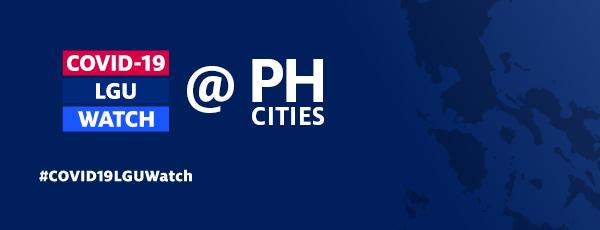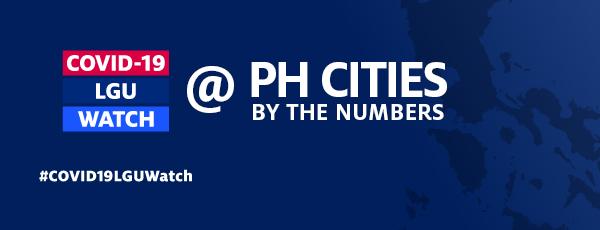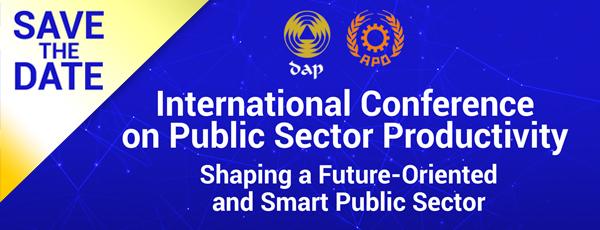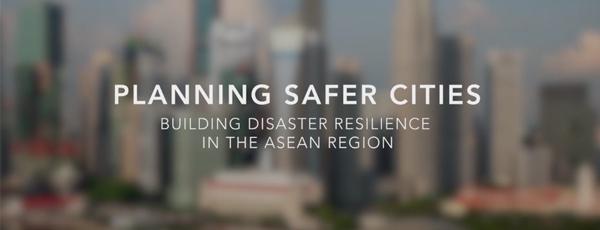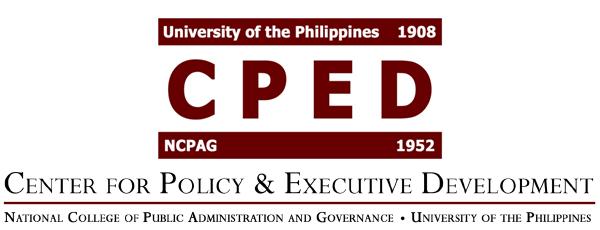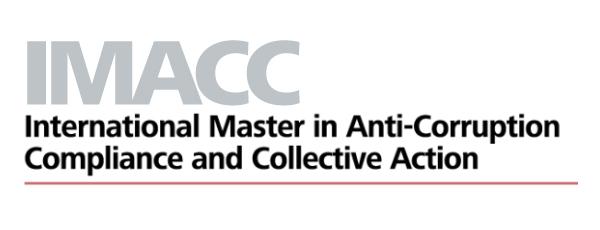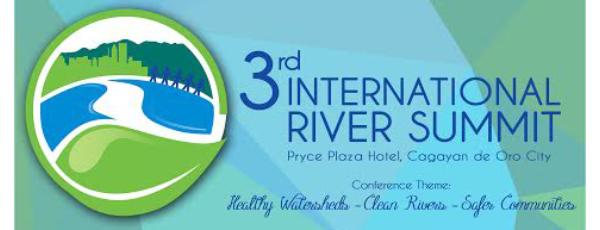



Enhancing the 'gateways' to cities
By Paulie Mora
February 14, 2010 - Metro Manila
In an age of virtually no barriers to global connectivity, local government website is serving a vital platform to link its community with the rest of the world. The website renders many benefits to local government units. It is a cost-efficient way to inform the public on different local government’s basic services. It provides access to full information and lessens transaction cost. It can also foster dialogue and citizen’s feedback. An online presence is a 24/7 marketing strategy.
Most Philippine cities recognize the value of website as a ‘gateway’ into their community. The Department of Interior and Local Government (DILG) reports 89\\\% of 138 cities have websites. The National Computer Center (NCC) –the agency that monitors web presence of government agencies – said that 94 or 75\\\% of 126 cities had websites in 2011.
But we know this is not a simple case of having a website. Each public website completes the five stages of e-government as prescribed by the United Nations American Society for Public Administration (UN-ASPA).
Table 1: UN-ASPA Five Stages of E-Government1
| Stage | UN-ASPA stage description | Features to look for |
| Stage One | Emerging Web Presence
|
|
| Stage Two | Enhanced web presence
|
|
| Stage Three | Interactive Web Presence
|
|
|
Stage Four |
Transactional Web Presence
|
|
| Stage Five | Fully integrated web presence
|
|
 Out of 94 city websites, 25 are on Stage 1, 41 are on Stage 2, and 25 are on Stage 3 and only three cities belong to Stage 4, NCC reported in 2011.
Out of 94 city websites, 25 are on Stage 1, 41 are on Stage 2, and 25 are on Stage 3 and only three cities belong to Stage 4, NCC reported in 2011.
The e-government concept brings about government agencies maximizing information and communication technologies (ICT) to offer their services. Website forms part of the whole ICT landscape. Through ICT, most government procedures can be streamlined thereby improving competitiveness. E-government also adds more transparency and greater accountability among its leaders through access to full information.
In 2000, the Philippines enacted E-Commerce Act. Local governments, among others, are directed to use ‘ICTs into the bloodstream of LGUs and enable better and faster delivery of government services to citizens at a lesser cost’.
More than the services, e-government has also the potential to transform its relations with citizens (government to citizens), business (government and business), and between governments (government to government). More than the static information and downloading of public files, e-government can improve good governance if opportunities for deliberate dialogue for decision- making are well integrated. Besides, the country’s E-Government Master Plan 2’s is envisioning a ‘government that is not only digitally empowered but also digitally empowering...’
Participation in decision-making through the website in a transparent and accountable manner has yet to be realized. In the case of city websites, ‘there is a minimal adoption of e-governance by the majority of the city governments and the underutilization of websites as e-governance tools’, Siar3 discovered.
Focusing on their content, Siar found out that most local websites have high content on static information on city’s basic profiles, minimal on linkages with business sector, and no content on information that encourages policy making.
Siar reported that the lack of mechanisms for citizen’s voice in the website can exacerbate the citizen’s frustrations over the lack of adequate responses from the local government. The poor content and quality of these websites can also reflect a weak local ICT organization. 
Aside from managing the content, there are many constraints on why there seems to be a low level of ICT among our cities. Issues on connectivity, lack of access, low computer ratio and Internet literacy still persist. Not all Philippine cities are highly urbanized in the first place. Against the backdrop of digital divide, competing priorities and low level of awareness of some local leaders on websites4 slow down the pace of e-governance.
Closing the digital gap still remains as the goal. The Department of Science and Technology (DOST) is expanding its community e-centers (CeCs) to empower every barangay (village). CeCs provide Internet access facilities to schools in remote towns. More LGUs innovate and improve governance outcomes through the use of ICT 5. DILG requires uploading of most public documents as requirements for their Seal of Good Governance. More citizens’ initiatives - using social media - are also being integrated into the governance process6 with the prospects of Facebook and Twitter to enhance e-governance processes.
Continuing capacity development remains a regular program. In an LCP Secretariat survey on website management, city respondents said they need to improve their content management system, to train their content managers and develop local social media policies. When asked what top three pages that must be frequented by the visitors, they reported pages on tourism, news and events, and procurement opportunities.
Though the result is not in any way conclusive, it is indicative to the Local Website Development Program LCP Secretariat is formulating which will focus on improving local websites in the long term. The program responds on the need to enhance e-governance through the capacity building on content generation and website management system.
Website and social media offer local governments the tools yet largely they have yet to be fully tapped. Local websites must transcend beyond aesthetic value and service-oriented information. They must keep up with the current aspirations and values of their communities as well. One can visit an impressive city website and leave a good lasting impression on its leaders and their people.
 Granting Authority to make Advance Payments for the Procurement of COVID-19 Vaccines
Granting Authority to make Advance Payments for the Procurement of COVID-19 VaccinesFebruary 19, 2021
LOOK: Memorandum Order No. 51 signed by President Duterte granting the national government and local government units (LGUs) authority to make advance payments exceeding the 15\% limit for the procurement of COVID-19 vaccines.
 The Advocate
The AdvocateJanuary 15, 2021
The Q1-Q2 2020 issue of our official newsletter features the League's mid-year accomplishments including our response to COVID-19.
November 16, 2020
The unprecedented landfall of three (3) tropical storms in three weeks or from October 25 to November 11 in the country has greatly affected our cities from Luzon. Based on the available Situational Reports from the National Disaster Risk Reduction Management Council (NDRRMC), a total of 64 cities have been affected by Typhoon Quinta, Rolly, and Ulysses.
October 22, 2020
We invite you to an online consultation with Clean Air Asia on 27 October 2020 (Tuesday), from 2:30 to 6:15 p.m., to deepen the conversation on the importance of establishing and reorganizing transport authorities and executives.
 FEATURE CITY
FEATURE CITY










